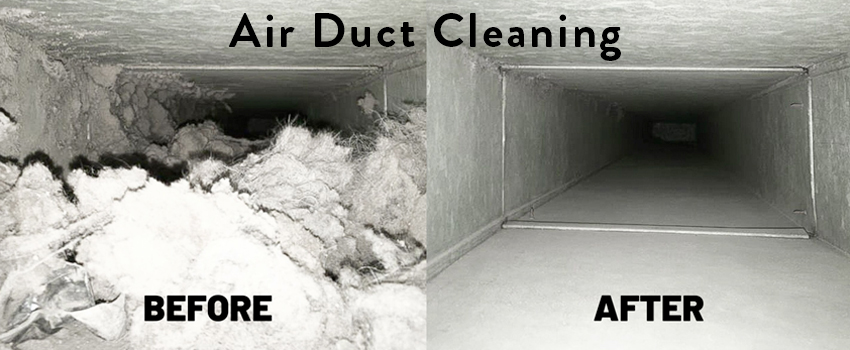VRV/VRF Systems
VRV (Variable Refrigerant Volume) and VRF (Variable Refrigerant Flow) are essentially the same technology, with VRV being a trademarked term by Daikin and VRF being the generic term.
1. How They Work:
These systems use refrigerant as the cooling and heating medium. A single outdoor unit is connected to multiple indoor units. The system can adjust the refrigerant flow to each indoor unit based on the specific cooling or heating needs, which allows for precise temperature control in different zones.
Advantages:
Energy Efficiency: Adjusts refrigerant flow based on demand, reducing energy consumption.
Flexibility: Can connect multiple indoor units of different types (e.g., wall-mounted, ceiling cassette) to a single outdoor unit.
Zoned Control: Individual temperature control in different rooms or zones.
Applications: Ideal for large buildings, commercial spaces, and multi-room residences.
2. Split Systems
Split systems consist of one outdoor unit and one indoor unit.
How They Work: The outdoor unit houses the compressor and condenser, while the indoor unit contains the evaporator. Refrigerant pipes connect the two units, and the system provides cooling or heating to a single room or area.
Advantages:
Simplicity: Simple to install and use.
Cost-Effective: Generally cheaper than multi-split or VRV/VRF systems for single-room applications.
Efficient for Small Spaces: Effective for cooling or heating a single room or small area.
Applications: Best for single rooms, small apartments, or individual offices.
3. Multi-Split Systems
Multi-split systems consist of one outdoor unit connected to multiple indoor units.
How They Work: Similar to split systems but with the capability to connect multiple indoor units to a single outdoor unit. Each indoor unit can be controlled individually.
Advantages:
Efficient Use of Space: Reduces the number of outdoor units needed compared to installing multiple single split systems.
Individual Control: Allows for separate control of temperatures in different rooms.
Flexibility: Suitable for medium-sized applications where more than one room needs to be conditioned but not extensive enough to require a VRV/VRF system.
Applications: Suitable for medium-sized homes, small commercial buildings, and multi-room apartments.
Summary of Key Differences
System Configuration:
VRV/VRF: Multiple indoor units connected to one or more outdoor units with variable refrigerant flow for precise temperature control.
Split: One indoor unit connected to one outdoor unit.
Multi-Split: Multiple indoor units connected to one outdoor unit, each indoor unit operates independently.
Efficiency and Control:
VRV/VRF: High efficiency with individual zoned control and adaptable to large buildings.
Split: Simple, efficient for single-room applications, and lower initial cost.
Multi-Split: More efficient than multiple split systems for multiple rooms, with individual control.
Applications:
VRV/VRF: Large commercial buildings, hotels, multi-floor offices.
Split: Single rooms, small apartments, individual office spaces.
Multi-Split: Medium-sized homes, small commercial spaces, multi-room apartments.






